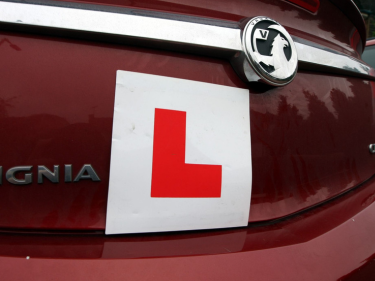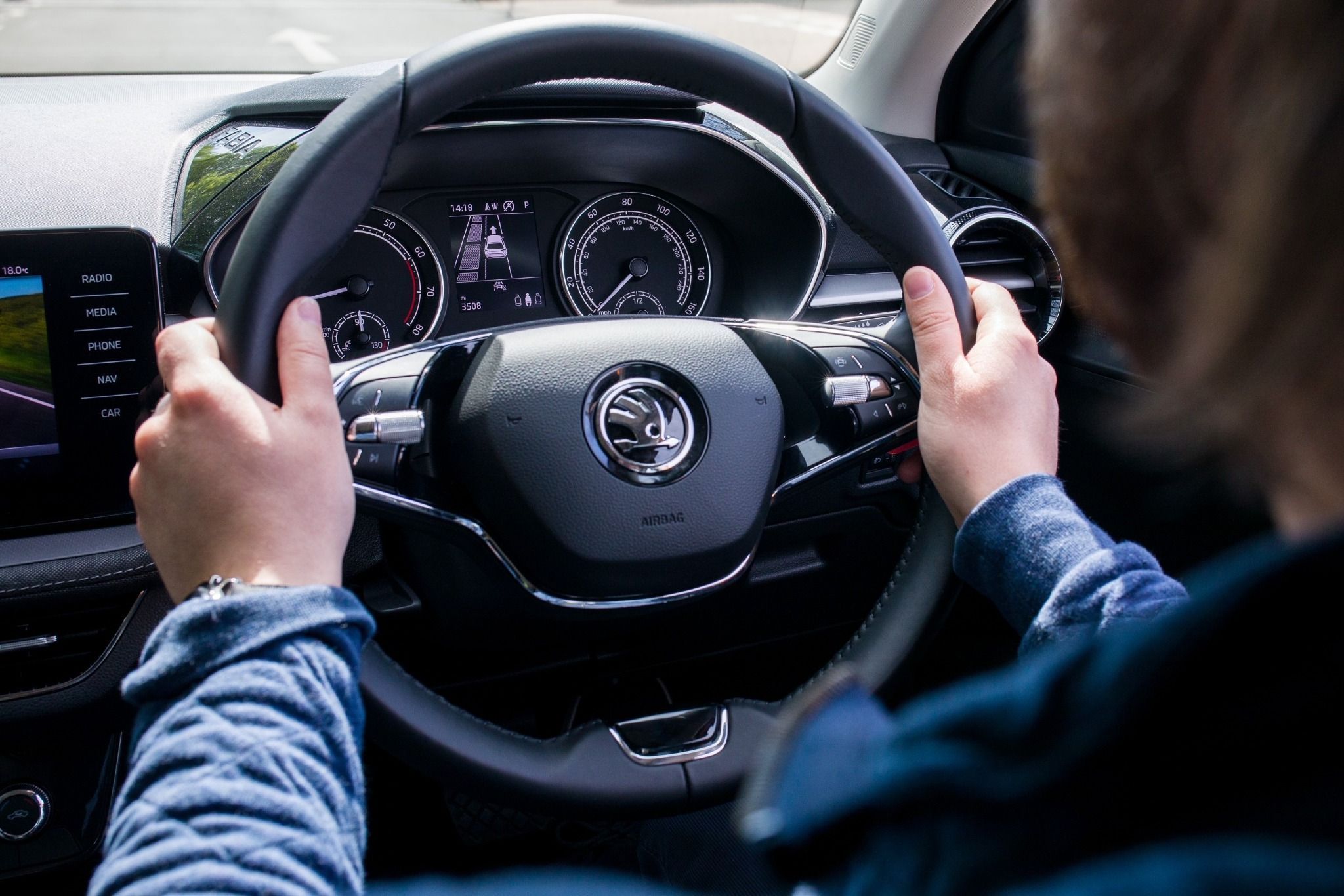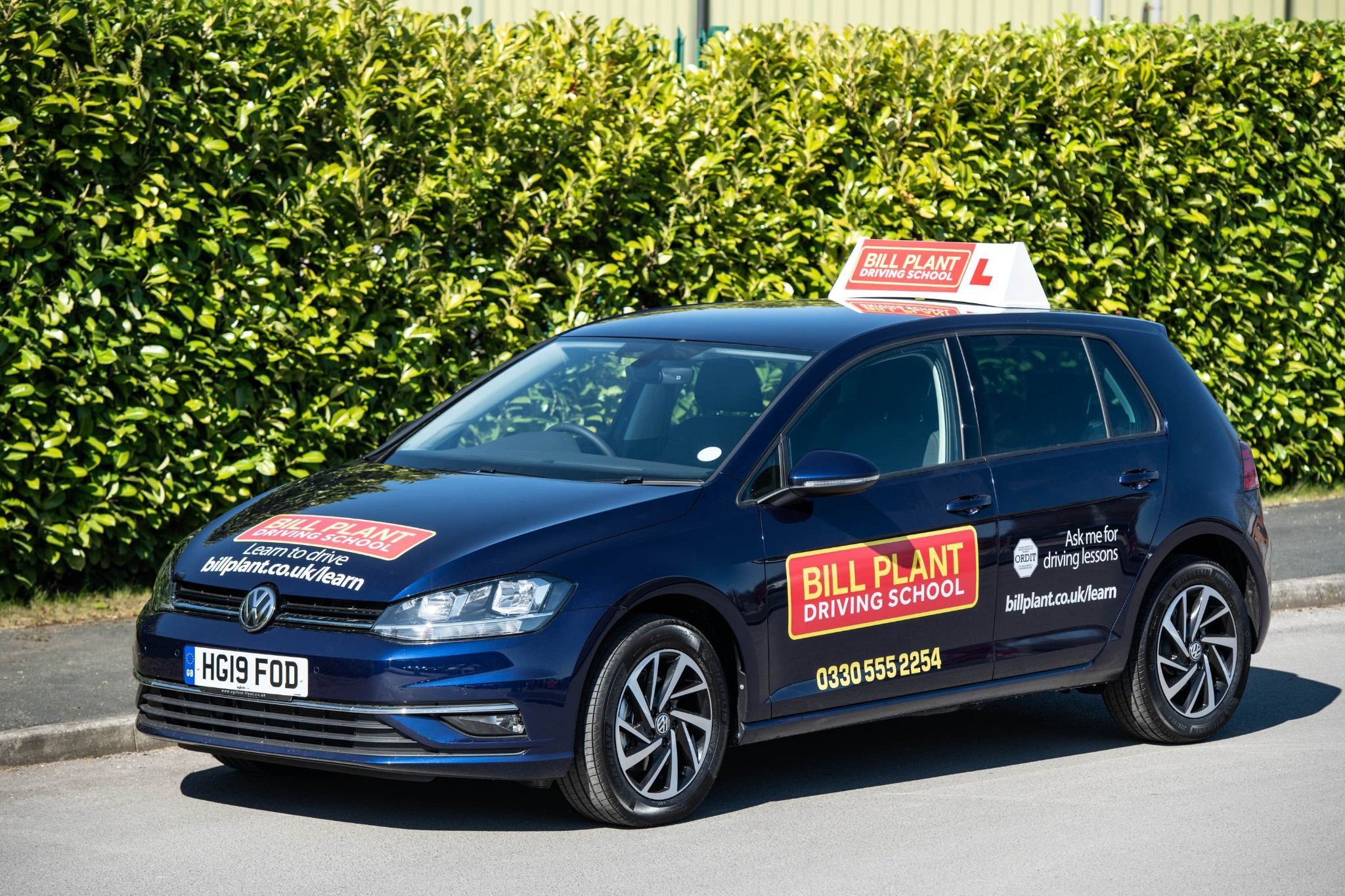The driving theory test has become an integral component of the UK's driver licensing process, ensuring that new drivers possess the necessary knowledge to navigate roads safely. Its evolution reflects the country's commitment to road safety and adapting to emerging challenges. This article delves into the history of the driving theory test, its significant milestones and provides insights into pass rates, particularly focusing on the North West of England.
Early Beginnings: The Introduction of Driving Tests
The UK's journey towards structured driver assessments began with the Motor Car Act of 1903, which introduced driving licences. However, these licences were issued without any formal testing, serving merely as a means to identify vehicles and their drivers. It wasn't until the Road Traffic Act of 1934 that compulsory driving tests were introduced to enhance road safety. The first of these mandatory tests took place on 1st June 1935, costing 37½ pence, with a pass rate of 63%. Notably, there were no designated test centres; examiners would meet candidates at pre-arranged locations such as parks or railway stations. The very first person to pass this test was Mr. R. Beere.
Suspensions and Resumptions
The driving test has experienced suspensions during significant national events. During World War II, from 1939 to 1946, testing was halted due to fuel rationing and other wartime constraints. Similarly, the Suez Crisis in 1956 led to another temporary suspension to allow examiners to assist with petrol rationing. More recently, the COVID-19 pandemic in 2020 caused widespread disruptions, leading to the suspension of driving tests across the UK to adhere to safety protocols.


The Advent of the Theory Test
Prior to the mid-1990s, the driving test primarily focused on practical skills, with theoretical knowledge assessed through verbal questions during the practical examination. Recognising the need for a more comprehensive evaluation of a driver's understanding of road rules and safety, the UK government introduced a separate written theory test in July 1996. This shift ensured that candidates had a solid grasp of the Highway Code, traffic signs and essential driving principles before attempting the practical test.
Transition to Digital and the Introduction of Hazard Perception
The theory test underwent significant modernisation in 2000 when it transitioned from a written format to a computer-based touch-screen system. This change streamlined the testing process and reduced administrative challenges associated with paper-based exams. In November 2002, the hazard perception segment was introduced. This component assesses a candidate's ability to recognise and respond to potential hazards on the road, a critical skill for safe driving. The inclusion of this segment has been linked to an estimated 11% reduction in non-low-speed accidents among novice drivers in their first year of driving.
Ongoing Developments and Enhancements
The theory test has continued to evolve to ensure it remains relevant and effective. In January 2015, the hazard perception clips, originally filmed with real-life scenarios, were replaced with computer-generated imagery (CGI). This update provided clearer scenarios and allowed for the inclusion of a broader range of potential hazards, enhancing the test's effectiveness in preparing candidates for real-world driving situations.
Pass Rates and Regional Insights
Pass rates for the theory test have varied over the years. On average, the pass rate hovers around 50%, indicating that half of the candidates successfully clear the test on their first attempt. However, these rates can vary significantly based on location. For instance, certain test centres have reported pass rates ranging from as low as 24.4% to as high as 83.3%, highlighting regional disparities in candidate preparedness and other influencing factors.
Focus on the North West of England
The North West of England, encompassing major cities like Manchester and Liverpool, has a diverse range of theory test centres. Pass rates in this region have shown variability, reflecting the broader national trend. For example, data from recent years indicates that some centres in the North West have pass rates below the national average (50%), while others perform notably better. Factors influencing these variations include the demographic profile of candidates, the quality of driver education and accessibility to learning resources.
Impact of the COVID-19 Pandemic
The COVID-19 pandemic had a profound impact on driving tests across the UK, including the North West. Testing was suspended for extended periods to comply with health guidelines, leading to significant backlogs. Candidates faced delays of several months and test centres had to implement new safety measures to protect both staff and candidates. These disruptions have had lasting effects, with many learners still experiencing extended waiting times for both theory and practical tests.


Future Prospects and Innovations
As technology continues to advance, the driving theory test is poised for further evolution. Potential future developments include the integration of virtual reality (VR) to simulate real-world driving scenarios, providing candidates with an immersive learning experience. Additionally, there is ongoing discussion about incorporating more advanced hazard perception technologies and adaptive testing methods that adjust the difficulty based on the candidate's performance. These innovations aim to enhance the assessment process, ensuring that new drivers are better prepared for the complexities of modern driving.
Buy your first car with Swansway
The history of the driving theory test in the UK reflects a continuous effort to improve road safety by ensuring that drivers are well-informed and prepared. From its introduction in 1996 to its ongoing developments, the theory test has adapted to changing technologies and societal needs. As we look to the future, further innovations are expected to enhance the effectiveness of the test, contributing to safer roads for all. If you’ve passed your theory and practical test, you may be searching for your first car - take a look at the used cars under £10,000 or the used vehicles under £15,000 we have available to purchase today. If you’re unsure what you're looking for or would like more information about one of the vehicles you see on our website, don’t hesitate to get in touch with one of our team and we’d be happy to help you.
